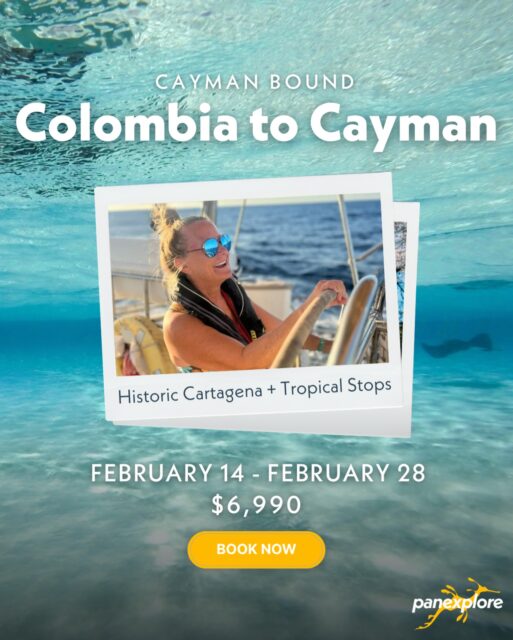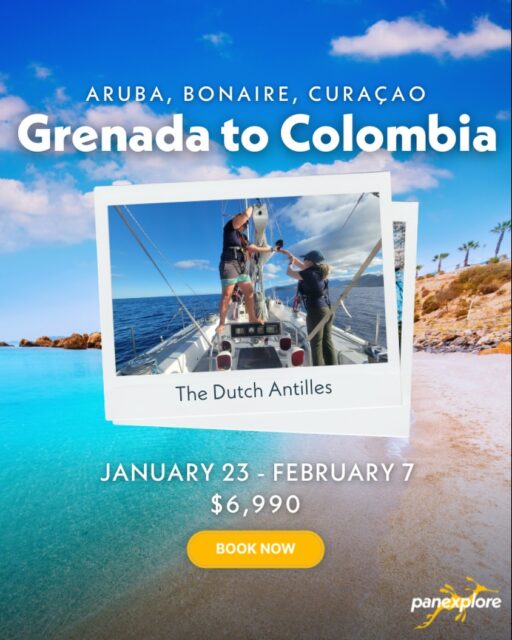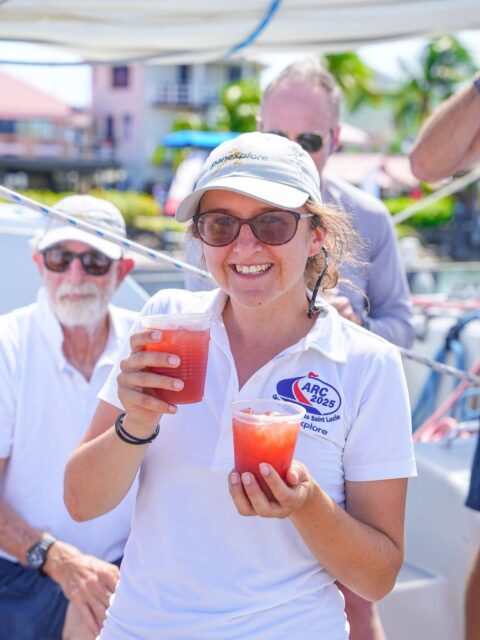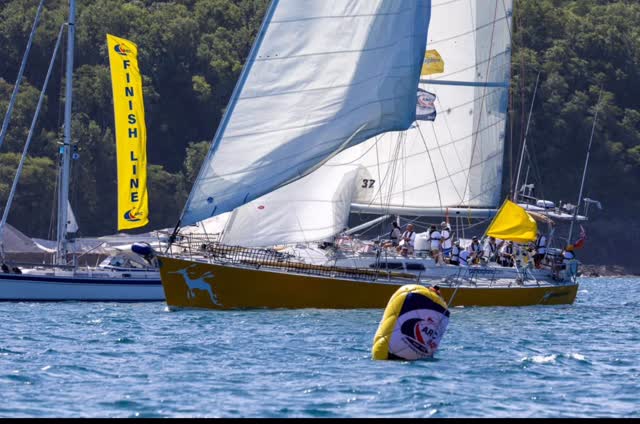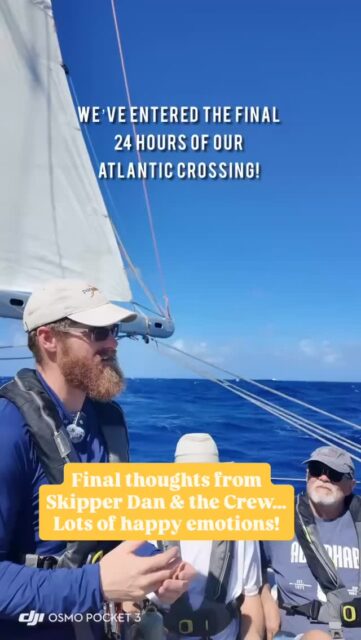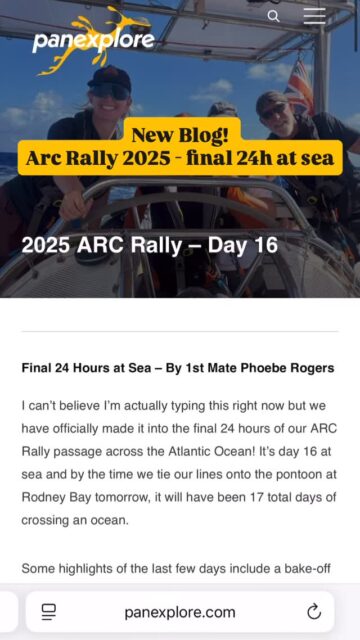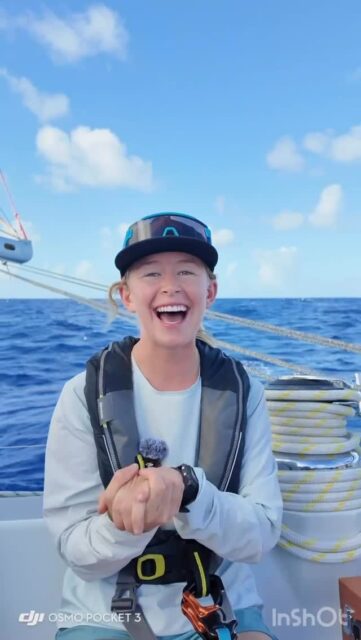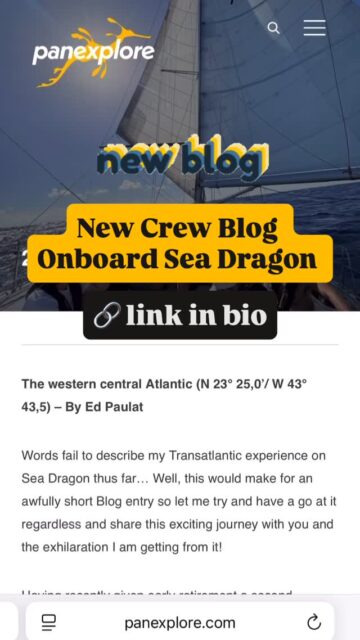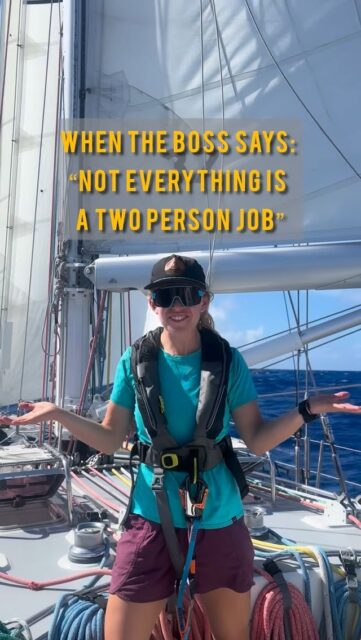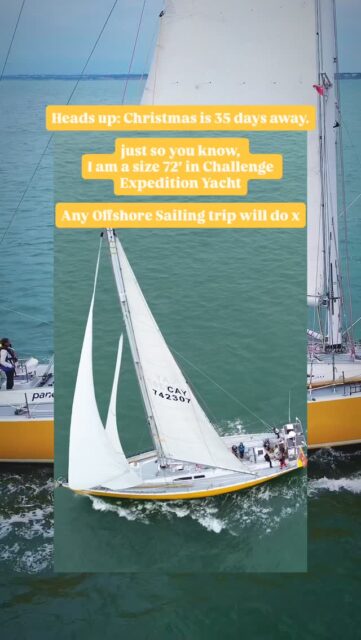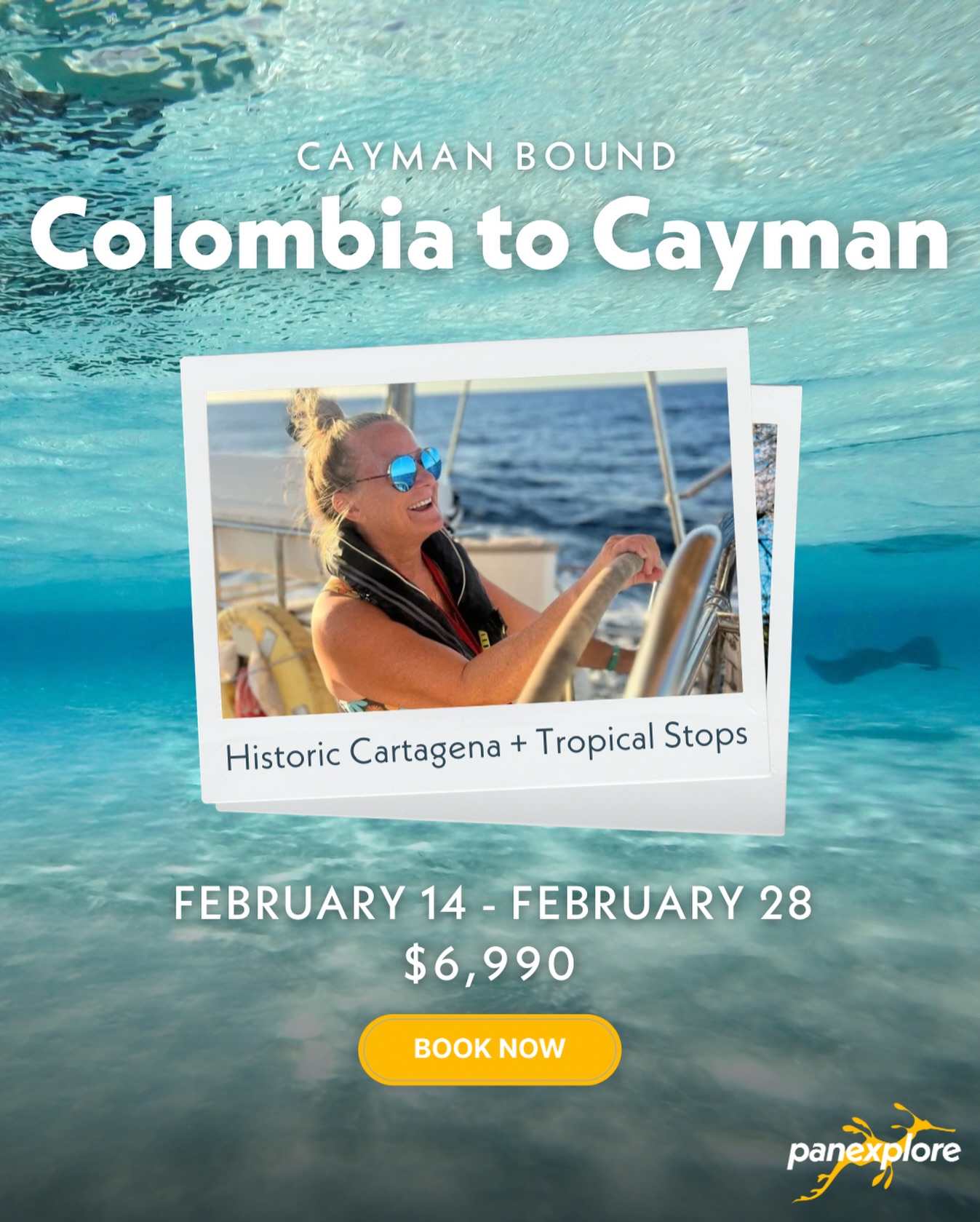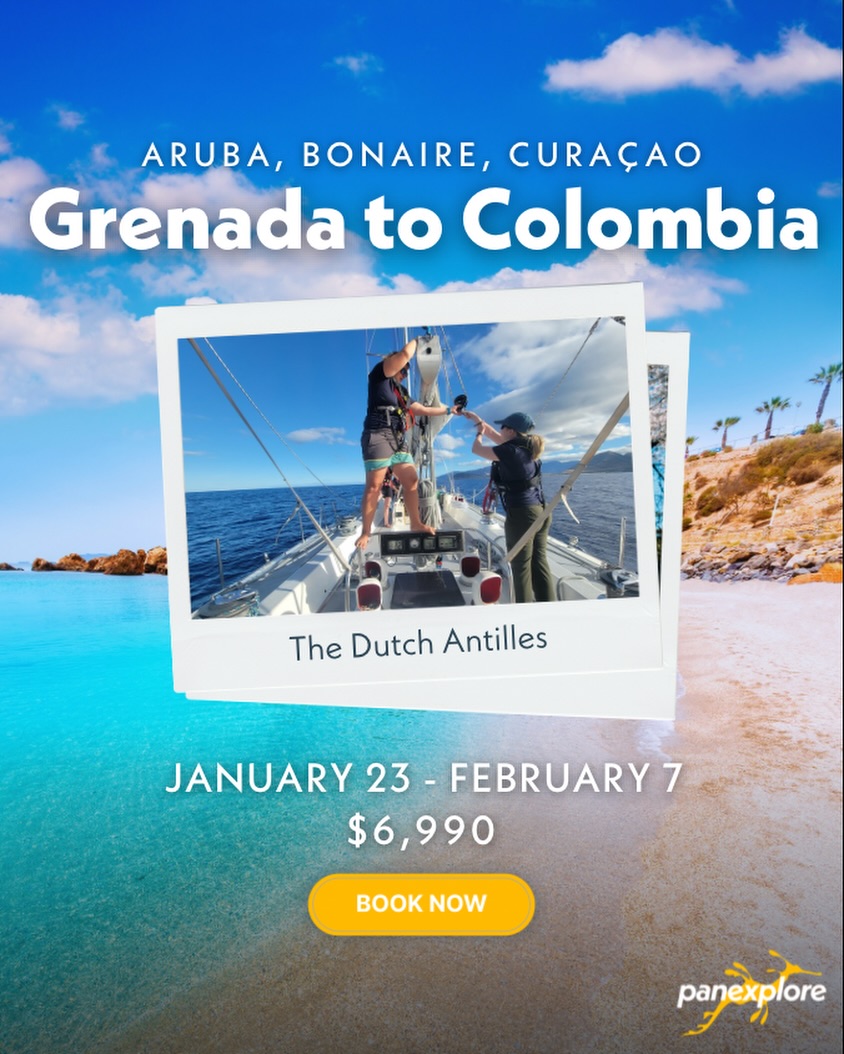Today is important. It is the 100th anniversary of a man, and frankly, an era that has driven so much change in our relationship with the sea. Born in the south of France on June 11, 1910 Jacques Cousteau would have been 100 today. He lived close enough to that at 87 that many of us must remind ourselves that he is no longer with us.
A great deal of what we do at Pangaea and 5 Gyres is inspired by Cousteau and his team. As children, we grew up watching his films, were inspired by his exploration and adventure, and went on to related professional study. Our team members wear the famed “red cap” out of sincere honor for a bold ocean explorer that set out tangibly engage the “undersea world”
As a small boy we took a family car trip to the Florida Keys from our home in Illinois. I have a few very strong memories from that trip. Patrolling the lime rock shoreline by our motel, I found a bright yellow and black “US Divers” snorkel. Having this, I needed a mask- my first. Within a day I was in the sea snorkeling and never looked back. US Divers was founded by Cousteau and his partners. I knew enough to understand that snorkel was a link to Cousteau and his adventures- it was my link. My diving career began there- including many returns to Florida and the Keys. As an undergraduate at the University of Miami, we had a chance to go on board Calypso undergoing refit for her Amazon Expedition. This was a spiritual experience for us. Inspired, we put our own marine expeditions into a much grander context. Cousteau has inspired and taught millions of today’s leaders in marine science.
Bob Ballard is perhaps the preeminent deep ocean explorer credited for discovering Titanic, deep ocean vent communities, and pioneering submersibles such as Alvin. In his book Eternal Darkness Ballard relates Cousteau’s brilliant innovation and determination in building diving saucers. He pushed his engineers to fundamentally re-engineer the craft design to maximize internal space, create a streamlined shape and put maneuverability before speed. The result was a fantastically capable machine that could be carried on Calypso around the world. So too was his better known engineering brilliance in adapting industrial gas flow regulators to create the original SCUBA “Aqualung”.
As divers and mariners, we can also say that Cousteau was certainly “for real”. He believed that we had to directly engage the ocean, and his team certainly did this to the extreme. His phrase – Il faut aller voir meant that we must “go and see for ourselves.” The work his team did, even by today’s standards, must be considered exceptionally bold. They were among the pioneers of virtually every form of advanced underwater exploration we do today. He tells of early (first?) underwater observation of Oceanic White Tip sharks. Today we know these as large, genuinely formidable and dangerous mid-ocean predators- some of the very few that experienced divers really pay attention to. At the time, this was not well known. Yet into the water Jacques and his team went- diving outside a cage. His team did an exceptionally technical dive to over 100m depth off the Indian Ocean island of Europa. Completely on their own, this was a fantastically bold dive down an underwater cliff face, breathing mixed “heliox” gas to a deep cave. Inside the team found evidence of a once dry cave with the story of “the complex relationships that exited between its flora and its fauna when cave men still walked the earth…” Or perhaps diving in a sulfur rich lagoon on Clipperton Atoll…or supporting one of the first reintroductions of a rehabilitated manatee into Florida waters.
Cousteau also inspired us with his technical mastery of equipment, logistics and planning. These Expeditions, let alone just running Calypso were massively complex undertakings. Coordinating aircraft, technical diving, film crews and personnel demonstrated a skill rarely seen outside the military. We know from Pangaea how demanding this can be- and how unforgiving a series of cumulative small slips will be. Their Amazon expedition was a exceptional example. Coordinating three teams – Calypso, an overland vehicle team, and a ground team working downstream from the Andes- all in such a remote location was impressive. They did much of this at a time when international logistics and technology was no-where close to what it is today. In his book Life and Death in a Coral Sea he talks about the Seychelles at a time when there was NO commercial air service to the islands.
He, perhaps predictably, also generated a great deal of resentment and push-back. I clearly remember marine scientists, good people, talking about how “he is not even a scientist” or otherwise discrediting his work. This was unfortunate as we all owed so much to his legacy. Cousteau blazed a trail and told a story that connected millions to the otherwise eccentric world a few elite marine scientists. I think some of this was also resentment towards the relative freedom he enjoyed as a fully equipped, independent, well funded expedition force. This says perhaps more about how bad the bureaucracy and funding constraints are for others, than how “lucky” he may have been.
Most important for the long term is the conservation effect of his exploration. I think that two quotes bring this to life. On the positive side, he understood the real value of his filming and story telling: “The reason I have made films about the undersea lies simply in my belief that people will protect what they love. Yet we love only what we know.” Versions of this truth underpin virtually every nature film and environmental education program today. Second, feeling something like the remorse felt by the pioneers of atomic energy, “Today I see what profiteering SCUBA divers do with the Aqualung- using it to enable themselves to shatter coral reefs and sell the fragments as souvenirs; to scour underwater grottos of every last fish, snatching all creatures out of the hiding places in which they had escaped fisherman’s nets. Now that I understand, I am not sure that the good the apparatus can do outweighs the bad. Could I turn back time, I do not know whether I would participate in the invention of the Aqualung again.”. Strong words for a man’s most practical legacy.
Today, we have vastly greater technology, access and knowledge of the sea. Yet it remains deeply threatened and has continued to decline even in the few short years since Cousteau’s death. We are collectively doing good things, but we are not winning. The sea continues to diminish. With his legacy, courage and imagination behind we can and must do better. Our heartfelt gratitude and commitment to succeed in the long road ahead.
